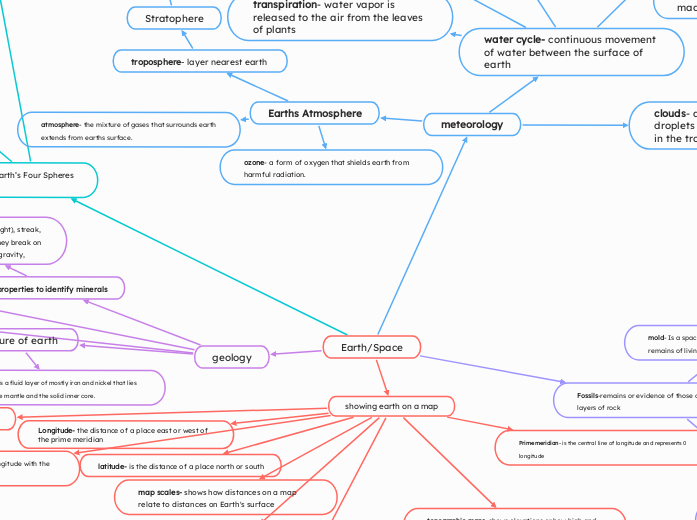av Sara Cruise 9 måneder siden
91
Earth/Space
The Earth's geography is defined by several critical elements such as the equator, prime meridian, and lines of longitude and latitude, which help divide the planet into coordinate systems.

av Sara Cruise 9 måneder siden
91

Mer som dette
Stratophere
mesosphere
theremosphere
exoshere- outermost layer